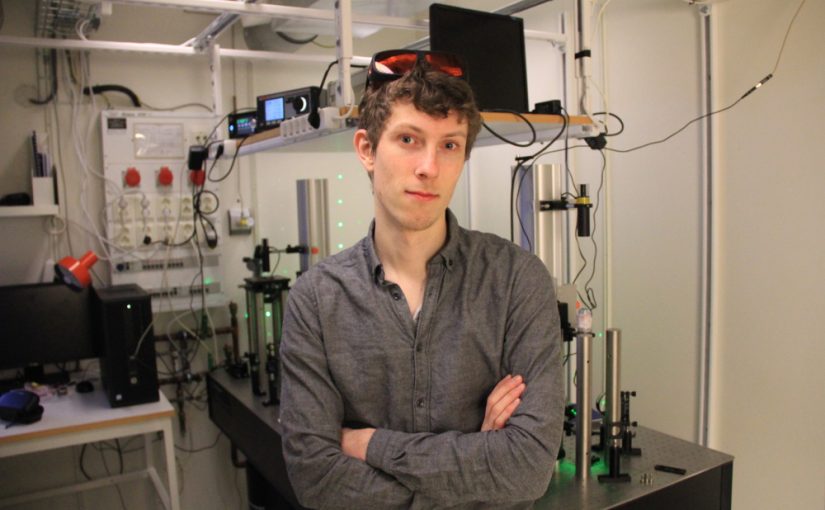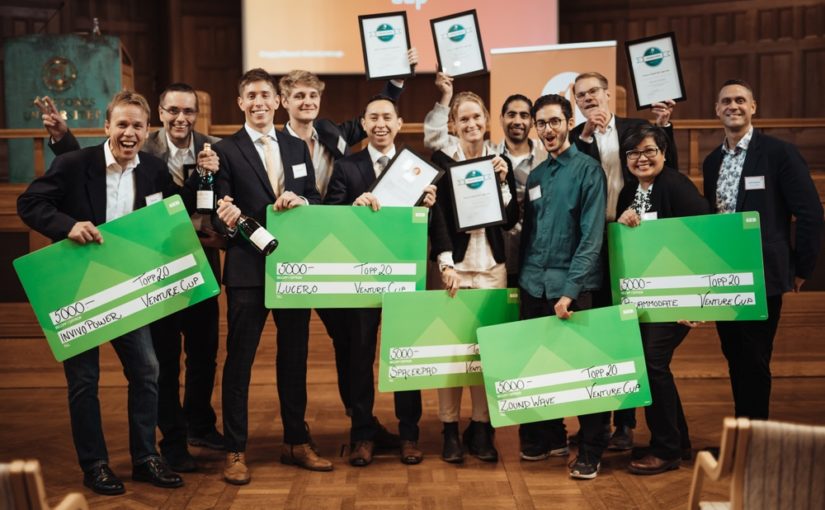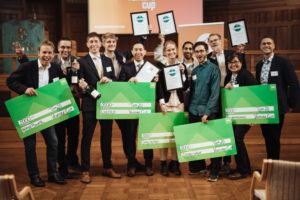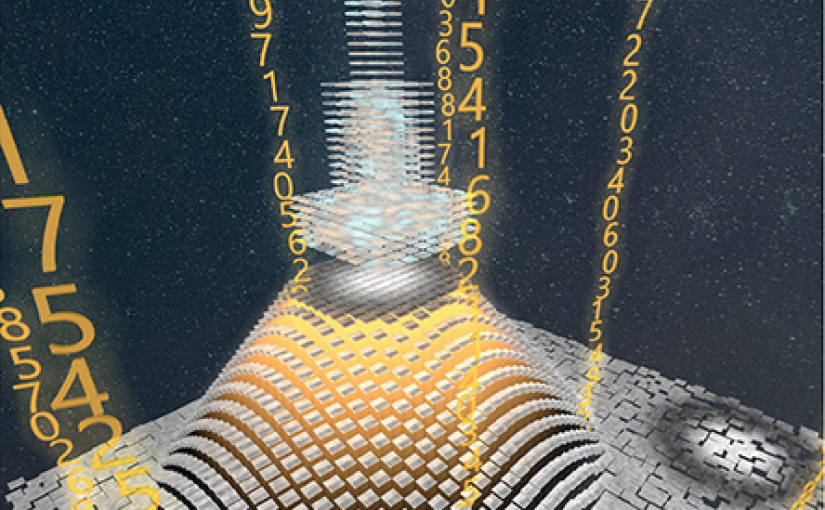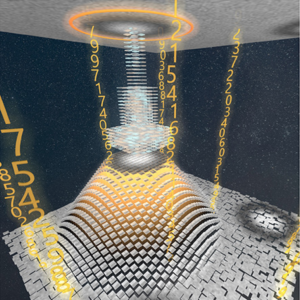Deep Learning Applications in Digital Video Microscopy and Optical Micromanipulation
Saga Helgadottir, Aykut Argun, Giovanni Volpe
Invited talk at RIAO/Optilas 2019, Cancun, Mexico, 23-27 September 2019
Since its introduction in the mid 90s, digital video microscopy has become a staple for the analysis of data in optical trapping and optical manipulation experiments [1]. Current methods are able to predict the location of the center of a particle in ideal condition with high accuracy. However, these methods fail as the signal-to-noise ratio (SNR) of the images decreases or if there are non-uniform distortions present in the images. Both these conditions are commonly encountered in experiments. In addition, all these methods require considerable user input in terms of analysis parameters, which introduces user bias. In order to automatize the tracking process algorithms using deep learning have been successfully introduced but have not proved to be usable for practical applications.
Here, we provide a fully automated deep learning tracking algorithm with sub-pixel precision in localizing single particle and multiple particles’ positions from image data [2]. We have developed a convolutional neural network that is pre-trained on simulated single particle images in varying conditions of, for example, particle intensity, image contrast and SNR.
We test the pre-trained network on an optically trapped particle both in ideal condition and challenged condition with low SNR and non-uniform distortions [3]. This pre-trained network accurately predicts the location the trapped particle and a comparison of detected trajectories, the distribution of the particle position and the power spectral density of the particle trajectory clearly shows that our algorithm outperforms tracking by radial symmetry [4]. Our algorithm is also able to track non-ideal images with multiple Brownian particles as well as swimming bacteria that are problematic for traditional methods.
In conclusion, our algorithm outperforms current methods in precision and speed of tracking non-ideal images, while eliminating the need for user supervision and therefore the introduction of user biases.
References
[1] John C Crocker, David G Grier, Journal of Colloid and Interface Science 179, 298–310 (1996).
[2] Saga Helgadottir, Aykut Argun, Giovanni Volpe, Optica 6, 506–513 (2019).
[3] Philip H Jones, Onofrio M Maragò, Giovanni Volpe, Optical tweezers: Principles and applications. Cambridge University Press, 2015.
[4] Raghuveer Parthasarathy. Nature Methods 9724 (2012).
